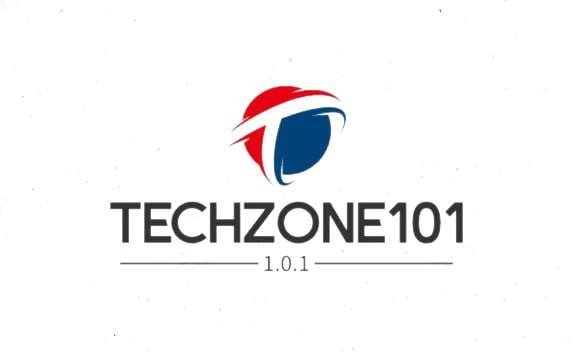Russia and India Break Free from Europe’s Grip: Embracing the Dubai Oil Price Benchmark
In a significant move that signals a shift in global oil market dynamics, Russia and India have decided to abandon the Europe-dominated oil price benchmark in favor of the Dubai oil price benchmark. This strategic decision not only strengthens the economic ties between the two nations but also challenges the long-standing dominance of European benchmarks in the international oil trade.
For decades, the oil market has been heavily influenced by the Brent and West Texas Intermediate (WTI) benchmarks, both of which are based on European and American oil prices. However, the recent agreement between Russia and India to use the Dubai Mercantile Exchange’s (DME) Oman Crude Oil Futures Contract as their preferred pricing mechanism marks a significant departure from this tradition.
The decision to adopt the Dubai benchmark stems from a growing need for a more representative and transparent pricing mechanism that better reflects the realities of the global oil market. With the rapid growth of Asian economies and their increasing demand for oil, the Dubai benchmark has emerged as a more suitable alternative for countries in the region.
One of the key advantages of the Dubai benchmark is its ability to provide a more accurate representation of the quality and pricing of Middle Eastern crude oil, which is the primary source of oil imports for both Russia and India. By adopting this benchmark, the two nations can ensure that their oil trade is based on a more reliable and relevant pricing mechanism.
Moreover, the move to adopt the Dubai benchmark is also expected to enhance the overall stability and predictability of oil prices in the region. With the growing influence of the Dubai benchmark, market participants can expect a more balanced and transparent pricing mechanism that is less susceptible to the volatility often associated with the European benchmarks.
The decision by Russia and India to abandon the Europe-dominated oil price benchmark is a clear indication of the shifting power dynamics in the global oil market. As Asian economies continue to grow and their demand for oil increases, it is only natural for these countries to seek a more representative and reliable pricing mechanism that caters to their specific needs.
In conclusion, the adoption of the Dubai oil price benchmark by Russia and India is a significant milestone in the evolution of the global oil market. It not only challenges the long-standing dominance of European benchmarks but also paves the way for a more balanced and transparent pricing mechanism that better reflects the realities of the global oil trade. As more countries in the region follow suit, the Dubai benchmark is poised to become an increasingly influential force in the international oil market.







